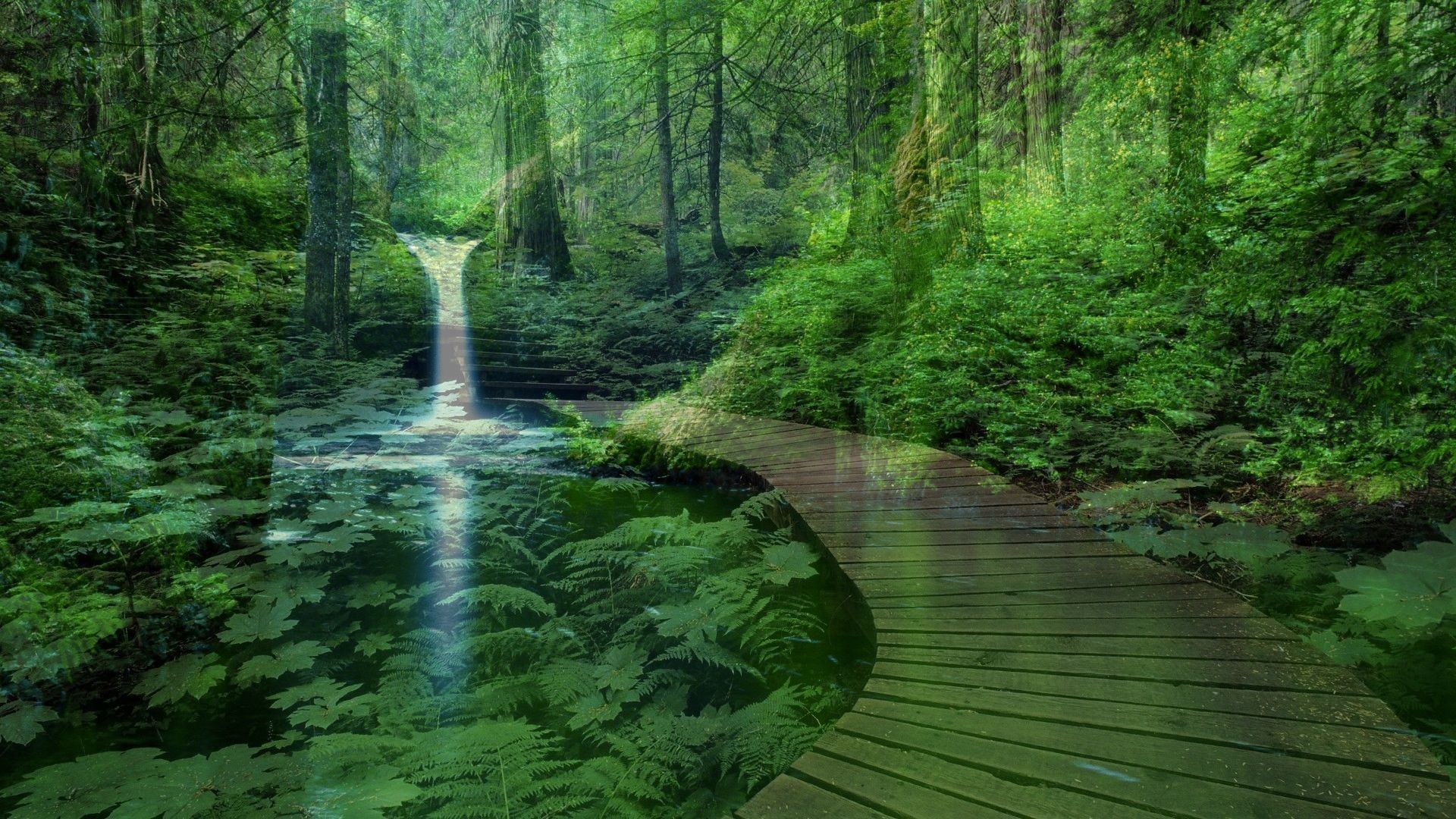

The Chinese word chán is a shortening of chán'nǎ "meditation, contemplation" a borrowing of the Sanskrit term dhyānam. From the 7th century onward, elements of Chan Buddhism began to reach Japan, where chán came to be pronounced zen. A monk named Bodhidharma, said to be of Indian origin, introduced Buddhist traditions emphasizing the practice of meditation to China in the 5th century and established Chan Buddhism. The Japanese word zen is a borrowing of a medieval Chinese word (now pronounced chán, in modern Mandarin Chinese) meaning "meditation, contemplation." Chán is one of the many Buddhist terms in Chinese that originate in India, the homeland of Buddhism. The works of Japanese-American sculptor Isamu Noguchi, artist and avant-garde composer John Cage as well as others will be explored and analysed with the aim to reveal the Zen Rock Garden as a perfect example of usage of space, spatial ideals and also as a completely self-contained inspirational work of art in itself.Word History: Zen, a word that evokes the most characteristic and appealing aspects of Japanese culture for many English speakers, is ultimately of Indo-European origin. The study will also look at various types of art and artists from both sides of the cultural divide, in particular, those who have been strongly influenced by the Eastern spatial concepts.

To circumvent this problem, the focus will be on comparing the different approaches between Eastern and Western culture by using Japanese Dry Landscape Gardens (Karesansui), also known as Zen Rock Gardens, as a prime example to demonstrate the connection between garden principles and Zen spatial philosophies on Emptiness or the Void. This video is a mix of footage recorded by LoungeV studio. Any discussion about space will be an immense task, due to the complexity and ambiguity of the subject matter. 19K 4.2M views 6 years ago 6 hours of super relaxing music with amazing nature scenery HD Video (1080p), 300 most beautiful landscapes. (Undergraduate Dissertation on Space & Art) The aim of this study is to describe the different ways in which the concept of Space is grasped and expressed through art. This paper argues that Huet's experience in Japan pinpointed the need for new tools that can tackle intercultural issues in architectural criticism. We will consider in particular the Western interpretation of the Ryōan-ji dry garden, a historical survey of which was given by Shoji Yamada Shots in the Dark, Japan, Zen, and the West (2009). We will show that Huet's comments since 1986 constitute a pioneering critic of the mythologization of Japanese culture. In them, she calls for giving more consideration to the direct experience of works of art, with less emphasis on their interpretation. In discussing how Huet framed buildings and gardens in his photographs, as well as his comments on them, we will refer to the propositions given by Susan Sontag in her essays Against Interpretation (1961) and On Photography (1977). Our findings are constituted firstly by an analysis of Huet's Japanese photographic collection of 720 images archived at Belleville, next by a study of his archives at IFA (opened since December 2014), and finally by bibliographic research. In any language, the name can be translated as 'Meditation Buddhism.' Some scholars suggest that Zen originally was something like a marriage of. Zen is called Thien in Vietnam and Seon in Korea. 'Zen' is the Japanese rendering of Ch'an. This paper questions the input to Huet's architectural thinking that resulted from his visits to premodern architecture sites throughout Japan in 1964. Ch'an is the Chinese rendering of the Sanskrit word dhyana, which refers to a mind absorbed in meditation. In 1969, he created the Unité Pédagogique 8 in Belleville School of Architecture where he taught. Following these trips, Huet acted as one of the most important leaders in the renewal of architectural thinking in France. With a desire to question architectural specificities, he travelled to Asia for a year, a sojourn that included a six months' course in Japanese architecture at Kyoto University with Prof.

From 1962 to 1964, he studied for his master's degree with Louis Kahn in Philadelphia. Breathtaking scenery definition: The scenery in a country area is the land, water, or plants that you can see around you. 1932) was educated in Indochina before moving to France, where he received his architect's diploma from the Ecole des Beaux Arts in Paris.


 0 kommentar(er)
0 kommentar(er)
